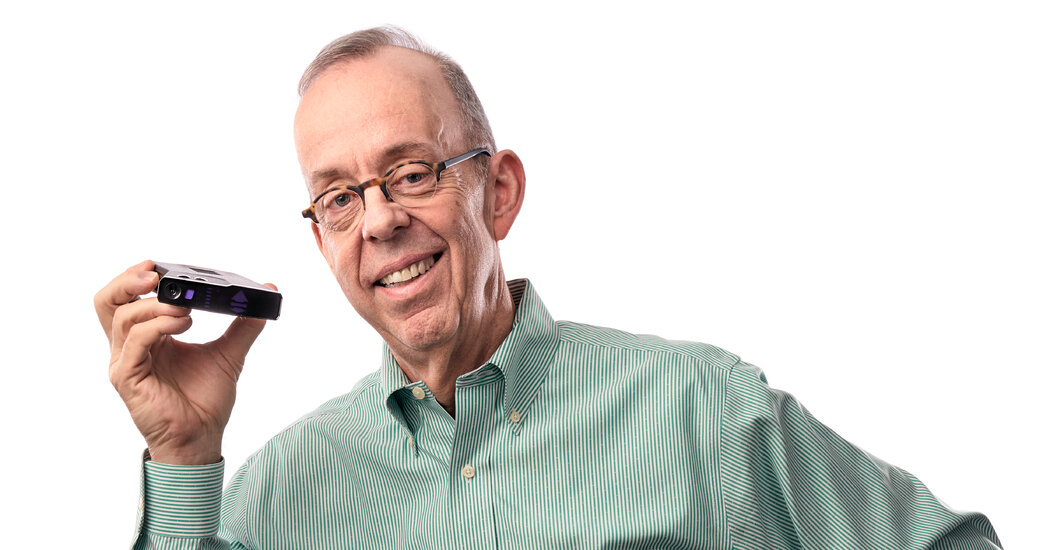An engineer who loved to drive fast, he helped build an industry-altering device that made its debut after the national speed limit of 55 m.p.h. became law.
Michael Valentine, an electrical engineer, loved to drive fast in his MGB sports car. But in 1974, after a national highway speed limit of 55 miles per hour was mandated as a fuel conservation measure, he believed that a “holy war” had begun: speed-seeking drivers against police officers trying to snare them with radar guns.
“In a holy war, you can take either side and be right,” he told The Cincinnati Enquirer in 1981. He added, “The problem is that police radar is an electronic device of fallible character in the hands of ordinary human beings.”
Mr. Valentine, who didn’t believe that road safety was determined by finite speed limits, went into battle armed with the Escort, a radar detector that he built with Jim Jaeger, his college friend and business partner, for their company, Cincinnati Microwave.
They were met with early success. In 1979, a year after the Escort’s debut, Car and Driver magazine tested 12 radar detectors and ranked it the best — “by a landslide” — for its ability to pick up the signals of police radar equipment.
The rave catapulted sales. In early 1981, Mr. Valentine said that Cincinnati Microwave had sold 50,000 Escorts.
Mr. Valentine never stopped upgrading the Escort, and, after parting ways with Mr. Jaeger in 1983, he designed two generations of detectors at his own company, Valentine Research.
